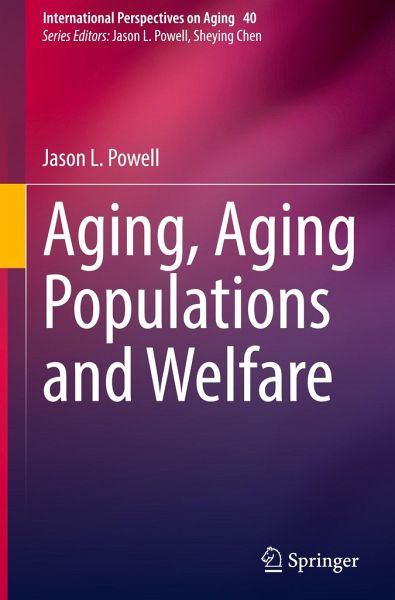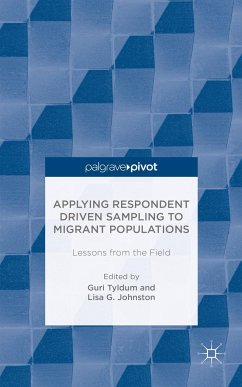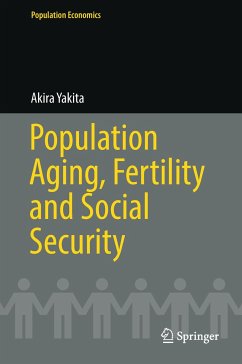
Aging, Aging Populations and Welfare
Versandkostenfrei!
Versandfertig in 6-10 Tagen
91,99 €
inkl. MwSt.
Weitere Ausgaben:

PAYBACK Punkte
46 °P sammeln!
As the world experiences a rapid increase in the aging population, it is essential to address the challenges and opportunities that arise as a result. This book explores the significant impact of aging on individual well-being, societal welfare systems, and the global economy.By examining the multifaceted aspects of aging, demography and welfare, the book aims to provide a comprehensive and critical narrative to navigating these challenges and achieving better outcomes for both older individuals and society as a whole. The book has a critical approach running through it; despite this, there is...
As the world experiences a rapid increase in the aging population, it is essential to address the challenges and opportunities that arise as a result. This book explores the significant impact of aging on individual well-being, societal welfare systems, and the global economy.
By examining the multifaceted aspects of aging, demography and welfare, the book aims to provide a comprehensive and critical narrative to navigating these challenges and achieving better outcomes for both older individuals and society as a whole. The book has a critical approach running through it; despite this, there is a need to do something with the critical questions and focus on sustainable solutions to problems and issues an aging population poses to researchers, policy makers and older people themselves.
In essence, the primary purpose of this book is to shed light on the complexities surrounding aging, demography and its intersection with welfare systems. By delving into various perspectives, such as social, economic, and healthcare considerations, this book highlights the holistic understanding needed to address the challenges associated with an aging population effectively.
By examining the multifaceted aspects of aging, demography and welfare, the book aims to provide a comprehensive and critical narrative to navigating these challenges and achieving better outcomes for both older individuals and society as a whole. The book has a critical approach running through it; despite this, there is a need to do something with the critical questions and focus on sustainable solutions to problems and issues an aging population poses to researchers, policy makers and older people themselves.
In essence, the primary purpose of this book is to shed light on the complexities surrounding aging, demography and its intersection with welfare systems. By delving into various perspectives, such as social, economic, and healthcare considerations, this book highlights the holistic understanding needed to address the challenges associated with an aging population effectively.














